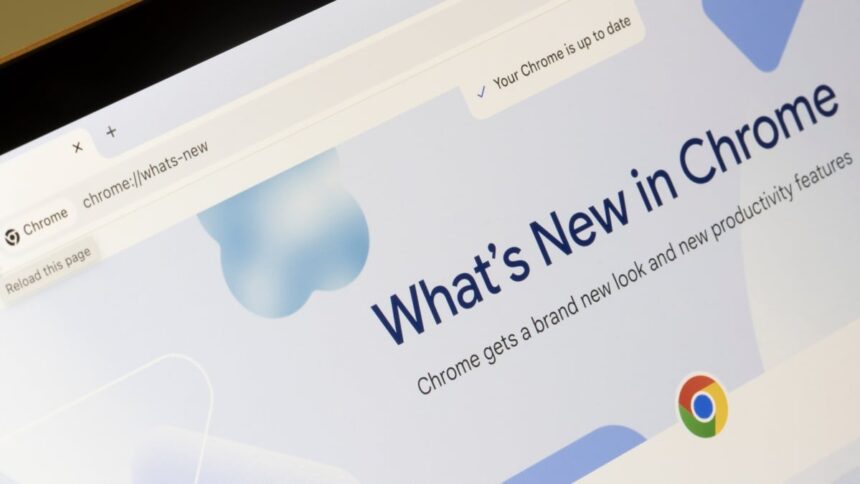Navigating Privacy in Browsers: A Look at Chrome 136
Your online movements can be extensively monitored as you traverse the web. Thankfully, the choice of browser, along with its specific settings, can help manage this tracking. Additionally, utilizing tools such as VPNs can enhance your privacy.
While many users label Google Chrome as the least favorable browser for privacy, it is essential to recognize that improvements are on the horizon. The forthcoming version, Chrome 136, aims to address a longstanding vulnerability that has persisted for two decades, allowing user tracking based on previously visited links.
Upcoming Privacy Update in Chrome 136
The vulnerability, which Google is set to rectify with the launch of Chrome 136, relates to how previously accessed links are visually represented across different websites. As noted by BleepingComputer, Chrome maintains a global repository of visited links, allowing them to appear in distinctive colors that differ from the default blue. This can create confusion, as a link may show up as purple on one site despite being clicked on another.
This method of link storage raises significant privacy and security red flags, as it can expose user browsing histories and heighten the potential for phishing and other cyber threats. Past reports indicate that several attacks have exploited this weakness, a troubling fact given Chrome’s longstanding handling of the issue.
With the upcoming update, however, substantial changes are anticipated. The new “triple-key partitioning” technique will confine visited link indications to the specific same site and frame origin where users first clicked. There will also be an exception for “self-links,” permitting a website to indicate its own subpages as visited, even if the user accessed them via different locations on the web.
Guidelines for Chrome Users
This privacy enhancement is projected to activate by default when Chrome 136 becomes available. However, for those still using Chrome 135 or earlier versions back to 132, the feature can be manually enabled. Users can do this by visiting chrome://flags/#partition-visited-link-database-with-self-links and selecting Enabled from the dropdown menu. It’s important to note that this feature is still in the experimental phase and may not work seamlessly.
Alternatively, individuals might explore switching to a browser with superior privacy features. While Firefox and Safari also have concerns regarding visited link styles, they are not as pronounced as those seen in Chrome.












